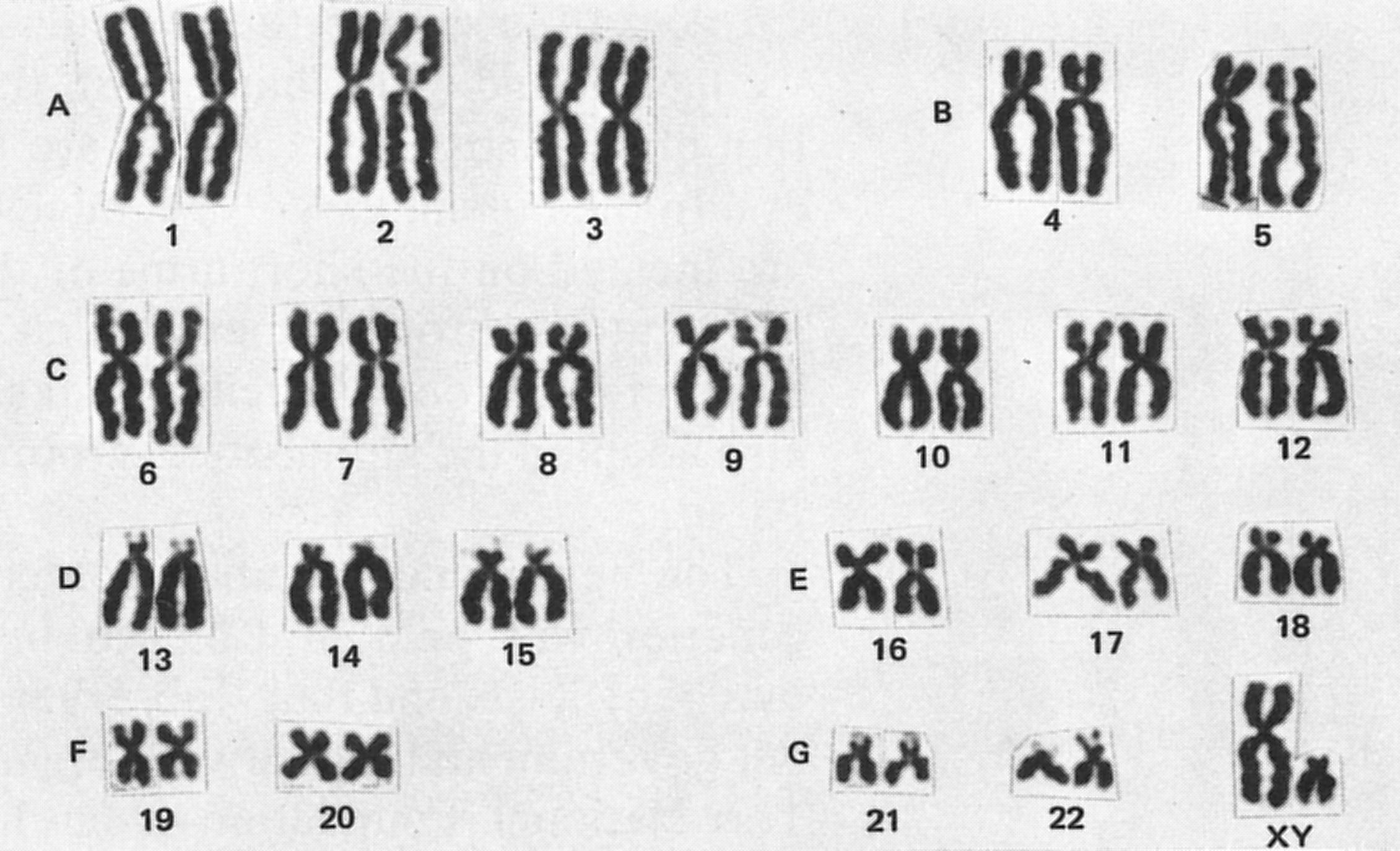Why don't children look exactly like their parents?
Children get half of their DNA from their biological mom, and the other half of their DNA from their biological dad. When they combine, a child won't look exactly like either parent.
Some genes can be hidden or covered up by another. These are considered to be -
Recessive
Mitosis produces _______ cells that are genetically ____________ to the original.
two, identical
Why don't children look exactly like their siblings?
The siblings get half of their genes from each parent, and they will not be the same as the genes that their brothers/sisters received. Each person has about 20,000 genes, so there are many different combinations and variations that can be passed down from each parent.
A black chicken (BB) is crossed with a black chicken (Bb). What percentage of offspring will be black?
100%
Why does a Punnet Square use capital and lowercase letters?
Capital = Dominant Trait
Lower Case = Recessive Trait
Inherited traits that children get from their parents come from -
Genes
For some traits, only one copy of a particular gene is needed to show a given trait. These genes are referred to as -
Dominant
Having dimples is dominant (D). Not having dimples is recessive (d). Both parents are heterozygous for the dominant trait. What percentage of the children will NOT have dimples?
25%
Is this individual a biological male, or female?
Male
During meiosis 1 human cell starts with _______ chromosomes and ends with ______ cells (gametes) with _____ chromosomes.
46, 4, 23
Long ears are dominant (E) in rabbits. If one parent is homozygous dominant for the long ear trait and the other homozygous reccessive (e), what is the only possible genotype of the offspring?
Ee
Two dark brown rabbits have four offspring. Three of the offspring are dark and one is white. What does this tell you about the parents' genes for fur color?
Dark brown is dominant and white fur is recessive. Both parents are heterozygous.